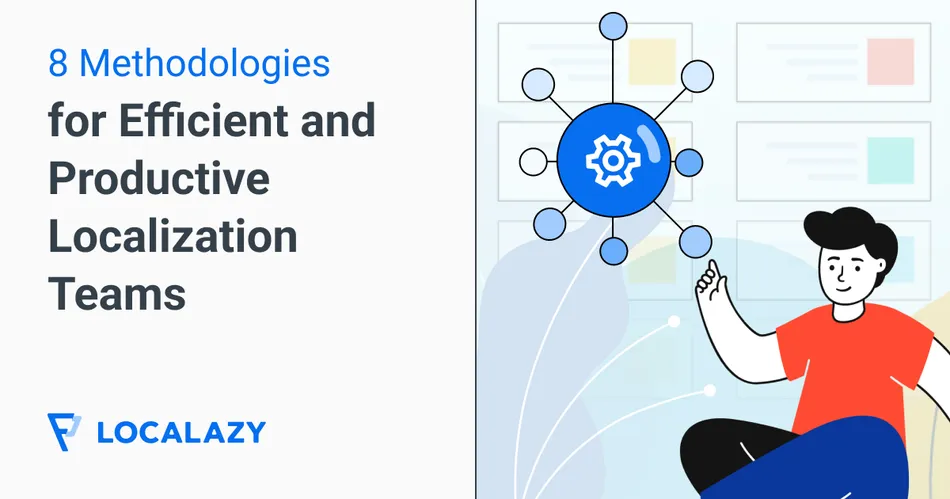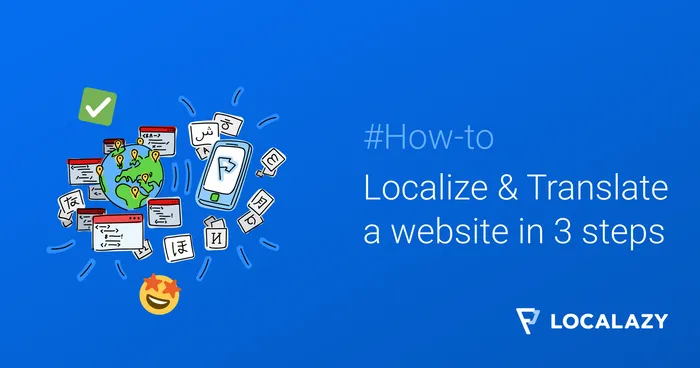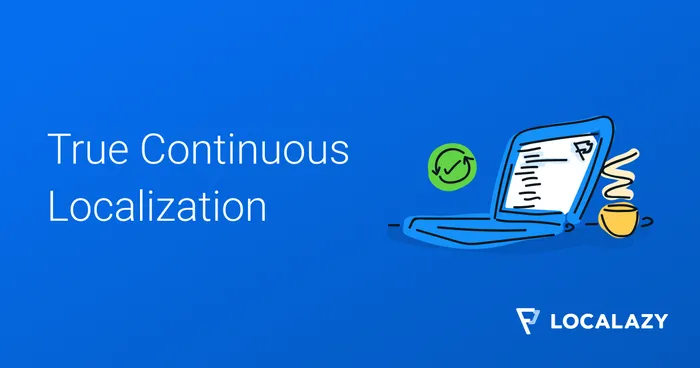Focus is the currency of good work. The more attention you can direct to the tasks you want to accomplish, the faster you'll get them done. Localization teams are often working on challenging technical projects that are perhaps not as exciting as scrolling on social media or reading a book, which makes focus hard.
In a decade when we can access dopamine-inducing activities with a click, getting work done becomes challenging. 😖 This is no different for localization teams, product teams, or other departments. So today, we're taking a look at how localization teams can increase their productivity to get more work done. Specifically, we'll analyze eight of the most common and popular methods to turn your to-do lists into effective productivity systems.
1. G.I.S.T (Goals, Ideas, Steps, and Tasks) 🔗
G.I.S.T. is a powerful framework that cuts through the confusion of the common to-do lists and unorganized task boards to help you and your teams set clear goals, brainstorm innovative ideas, break them down into actionable steps, and further divide them into manageable tasks. The framework was developed by Itamar Gilad, a well-known product coach and speaker, as well as an ex-Google and Microsoft PM.
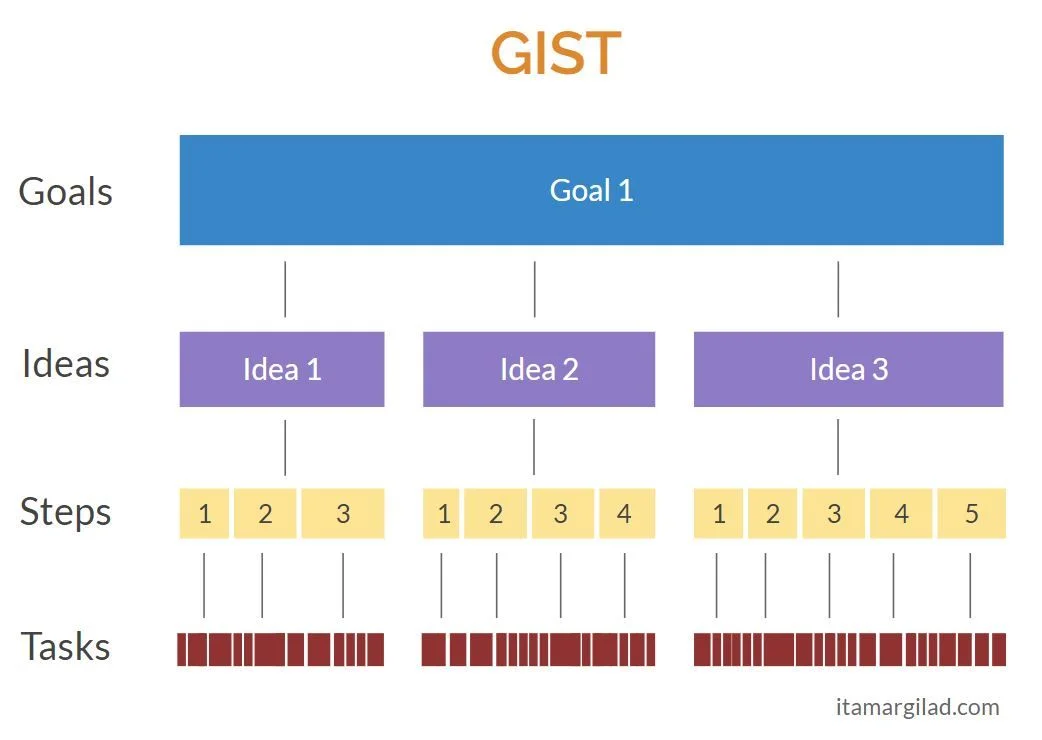
While it is generally aimed at product planning, it can be applied in various scenarios, from localization projects to your personal life. We have implemented GIST at Localazy, with Fibery as our knowledge management system, to bring it to life, and we have seen significant benefits from it.
2. PDCA (Plan-Do-Check-Act) 🔗
Derived from the continuous improvement philosophy, PDCA is a systematic cycle that can help your localization team plan tasks, execute them, evaluate results, and take corrective actions. The method is straightforward and removes doubts, assumptions, and misconceptions about any process. Most importantly, it identifies inefficiencies, helping you build smooth workflows and correct mistakes faster.
The method is often attributed to W. Edwards Deming, an American economist, composer, and business theorist who significantly contributed to the continuous improvement and quality movements. Even though other sources trace it back to 1620 to Francis Bacon's work, he's known for making significant contributions to it, and he even renamed it PDSA (Plan-Do-Study-Act) later on, as he considered studying to be a more relevant descriptor of the third phase. The method itself is pretty self-explanatory:
1. 📝 Plan - Rather than jumping straight into work, outline expectations, processes, timelines, and success metrics. Planning prevents poor execution.
2. ⚙️ Do - Next, implement the planned solution on a small scale while taking note of the results and measuring the impact.
3. 🔍 Check - Assess the quality of the applied plan based on your expectations. Identify what delivered expected outcomes versus what didn't work.
4. 🎯 Act - Finally, modify the overall approach based on insights found from your analysis and reflection so you get better results the next time.
3. Pink's "Autonomy, Mastery, and Purpose" Framework 🔗
Daniel Pink's theory emphasizes the significance of giving team members autonomy in their roles, allowing them to master their skills and aligning their tasks with a meaningful purpose. Applying this framework to your teams' workflows will drive intrinsic motivation and increase overall productivity.
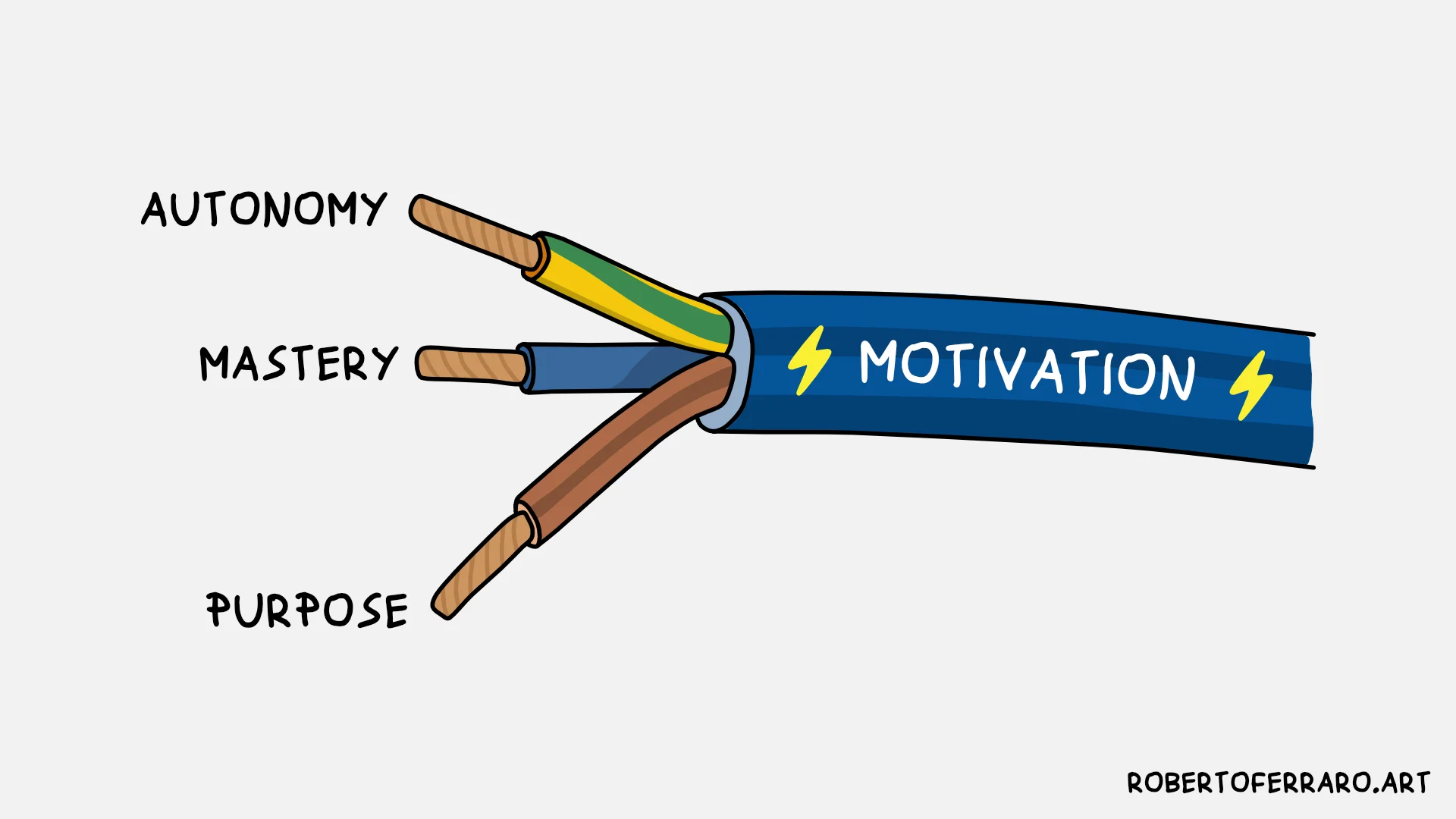
The keyword here is intrinsic motivation. ⚡️ Intrinsic motivation sparks a will for mastery and purpose, and adding autonomy to the equation results in more productivity gains. Unsurprisingly, when everyone has a strong "why," work becomes much more purposeful and much easier to focus on. Focus on nurturing these three aspects in your team; you'll have better outputs and more productive teams.
Intrinsic motivation sparks a will for mastery and purpose. When everyone has a strong "why", work becomes much more purposeful and easier to focus on. Pink suggests to nurture these values
4. Time-blocking + Eisenhower Matrix 🔗
There are many tasks asking for our attention at any time of the day. Our phones are buzzing with notifications from emails, Slack, and other apps we use daily. When all these prevent you from getting any work done, it's time to sit down and combine these two powerful methods to make yourself and your team more productive.
First, start with the Eisenhower Matrix. Jot down all the tasks you need to get done and classify them into four blocks:
1. 🚨 Urgent and important (prioritize).
2. 🗓️ Urgent, but not important (delegate).
3. 👀 Not urgent, but important (schedule).
4. 🗑️ Not urgent and not important (delete).
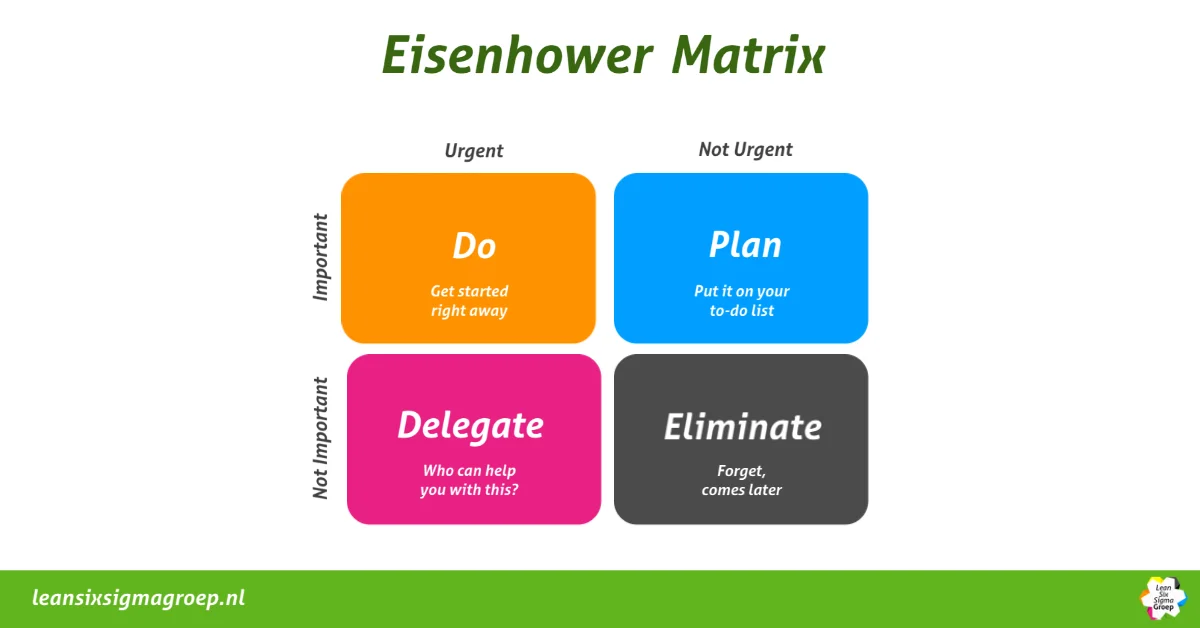
Now that you have a set of tasks that need prioritization, use time-blocking to schedule a time for them—basically, schedule set periods for specific work types, from admin to translation to meetings and more.
For example, assign Monday from 9 am to 12 pm to translate web content only. Tuesday from 9 to 11 am goes for proofreading previous work. Wednesday from 10 to 10:30 am is the standing team sync. Preset blocks create focus and prevent schedule chaos by assigning set homes for tasks living in chaos.
5. JTBD (Jobs to Be Done) 🔗
Most success comes from adopting a winning and novel perspective. And JTBD is a framework that will help you see existing tasks in a new light. 💡 Whether you're in a managerial position, distributing tasks to your team, or working on localization tasks as a translator, this framework will help you do more impactful work.
The idea behind Jobs to Be Done is that every customer doesn't just choose your product. They "hire" them to complete certain jobs for them. When you think of the product you're contributing to as something your customers will hire to get a task done, you win clarity over the tasks you need to do.
For example, our localization software is "hired" to "reduce time spent juggling between translation tasks" and "automate translations without delaying releases." Finance software might get "hired" to "look credible to investors" or "decrease accounting headaches." Since we've adopted this approach, together with G.I.S.T., it's become easier to work on needle-moving tasks without getting distracted by trivialities.
The JTBD framework operates under one simple premise: when you think of your product as something that your customers will hire to get a task done, you win clarity over the tasks you need to do
6. Agile Methodology 🔗
Originally tailored for IT teams, the agile methodology can be applied to almost any business to improve workflows and increase productivity. It prioritizes quality and performance and focuses less on following strict processes. Teammates don't work isolated to meet their objectives but are always collaborating.
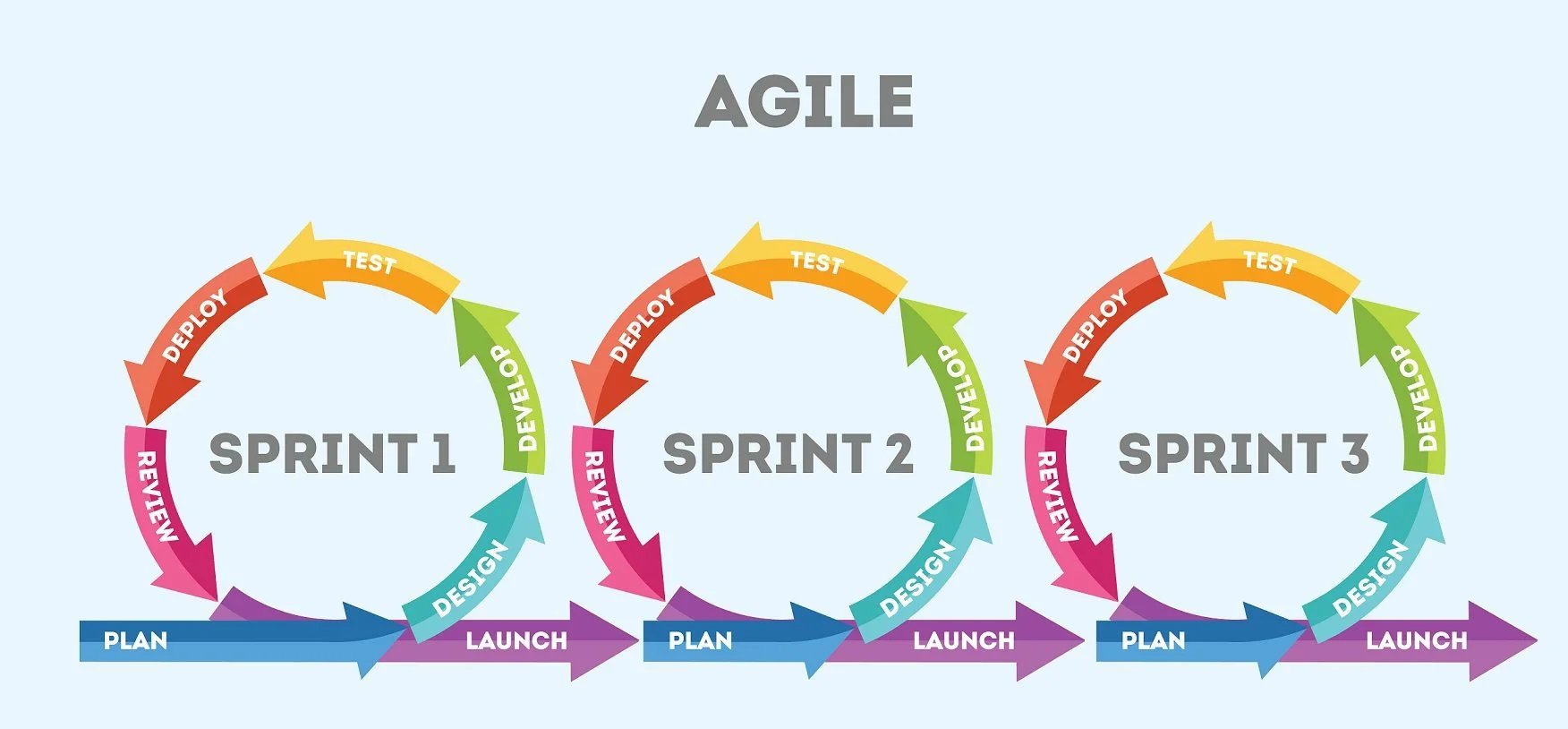
Agile teams favor flexibility, which is much-needed nowadays as users' needs evolve. This leads to more proactive responses to changes and higher quality outputs, especially when work is done in short periods, known as sprints, which push the team to get things done faster and gather and implement feedback as soon as possible.
7. Lean Six Sigma 🔗
Lean Six Sigma is a mixed framework that combines Lean management principles and Six Sigma principles. Productivity reaches its highest peak when you invest all your resources wisely, and Lean Six Sigma focuses on eliminating resource wasting while improving the quality of work produced.
Eliminating wasted efforts is essential to move through your localization projects with speed. The methodology relies on continuously identifying and removing obstacles in your daily operations to create more value. Here's how you can apply it in localization:
- 📑 Analyze document review cycles for delay causes.
- ↪️ Map out translation workflows to eliminate evident delays.
- ✂️ Cut review inefficiencies by removing unnecessary confirmation steps.
Lean Six Sigma relies on continuously identifying and removing obstacles in your daily operations to create more value and move your projects ahead
8. Kaizen (Continuous Improvement) 🔗
Excellence loves company; working with the best makes one better. The Kaizen philosophy facilitates this through small but continuous positive progress, gradually raising group standards. 👣 Kaizen has its roots in Japan, where Toyota manufacturers raised the quality bar for their production by focusing on small, consistent improvements. Kaizen in itself has a wide application in both professional and personal lives.
Six key principles behind Kaizen are:
1. Never stop improving.
2. Eliminate assumptions.
3. Solve problems proactively.
4. Don't put up with the status quo.
5. Brainstorm solutions as you identify mistakes.
6. Forget about perfectionism and focus on iterative, adaptive change.
Applying Kaizen principles in localization contributes to a culture of continuous learning. It allows teams to identify bottlenecks and implement improvements gradually. Instead of getting overwhelmed by building efficient localization processes from the start, you can make minor improvements daily, which reduces pressure and improves results.

🎙️ Find tips in our Bridging the Gap podcast episode about sustainable remote work in localization (and other industries).
✔️ Final Thoughts 🔗
If you want to make your teams more productive, focus on combining methodologies that work for you and sticking to the ones that get the most results. By employing methods like G.I.S.T, PDCA, Daniel Pink's framework, and Kaizen in your localization workflows, you can lead more productive, efficient workdays. And if you're feeling like your localization efforts are all over the place, explore our TMS and bring order to them.
